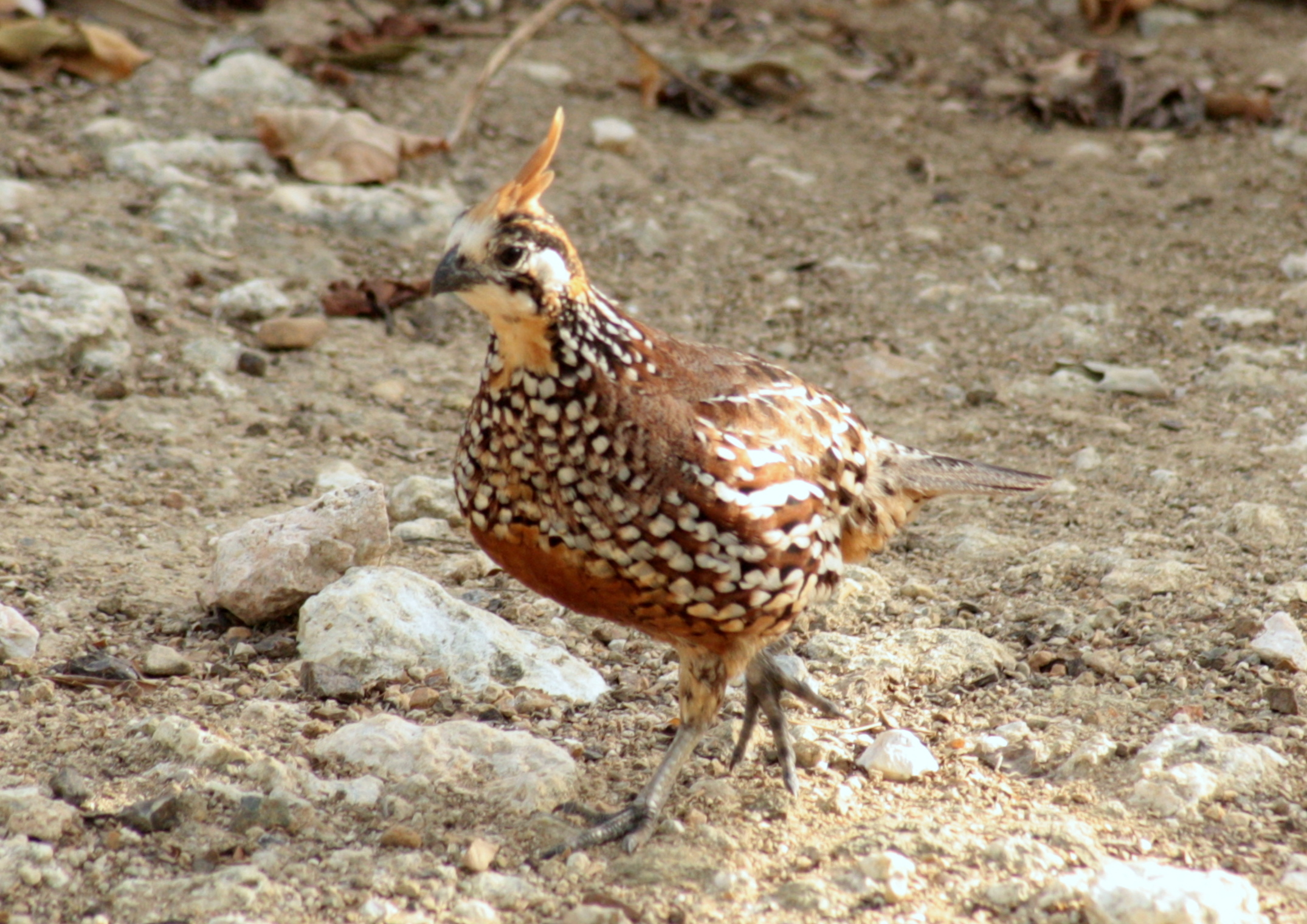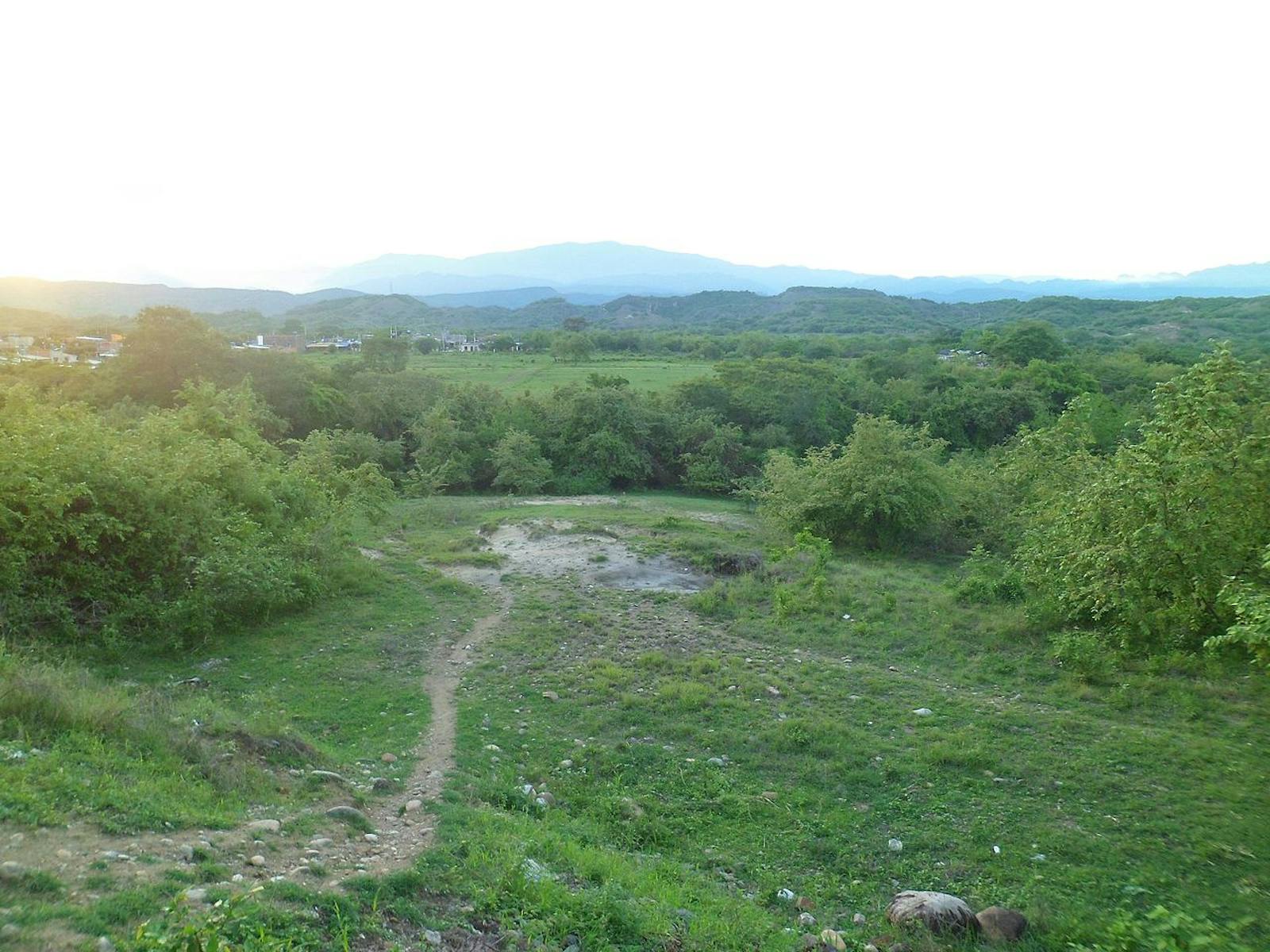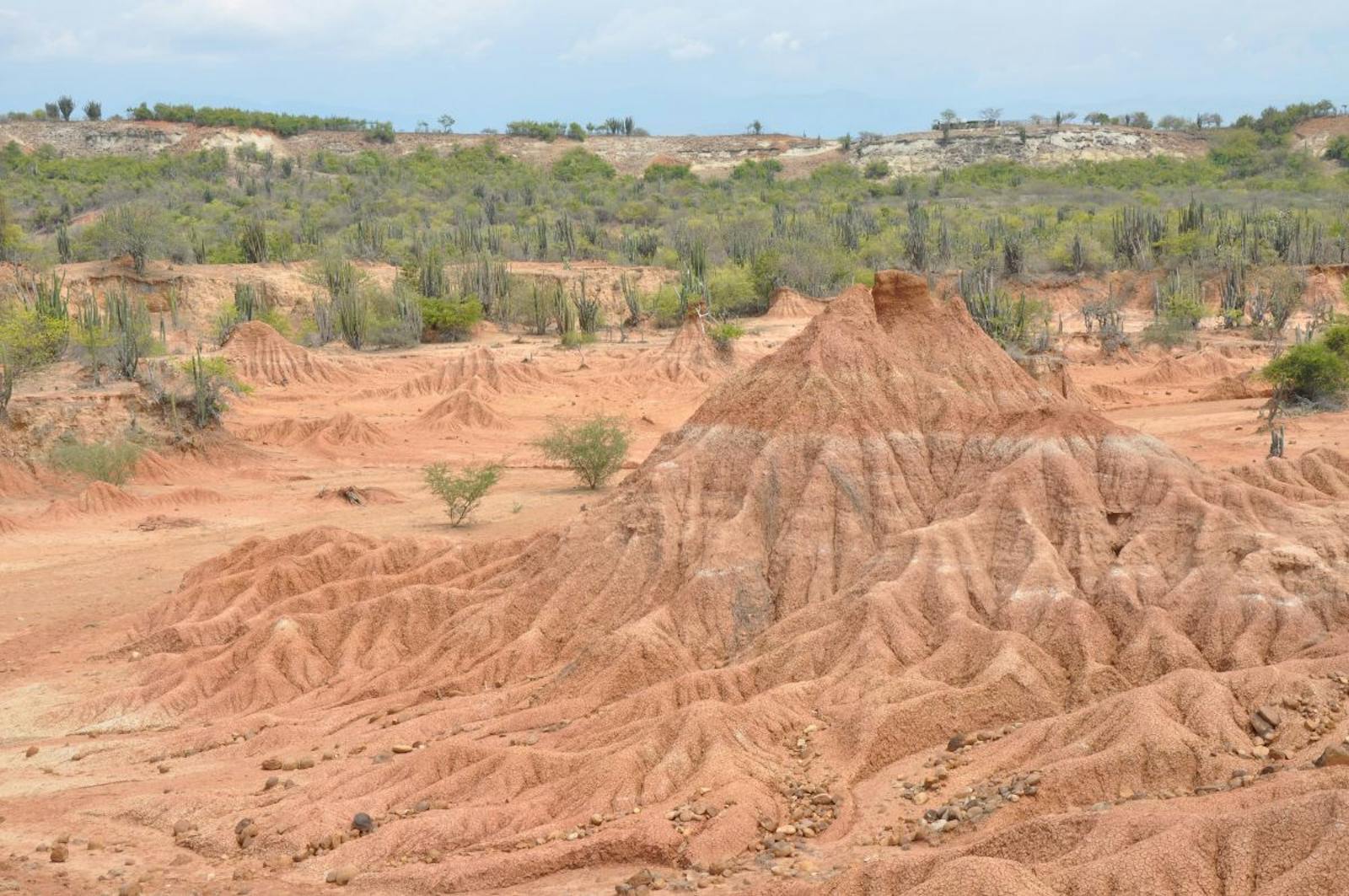Magdalena Valley Dry Forests
The ecoregion’s land area is provided in units of 1,000 hectares. The conservation target is the Global Safety Net (GSN1) area for the given ecoregion. The protection level indicates the percentage of the GSN goal that is currently protected on a scale of 0-10. N/A means data is not available at this time.
Bioregion: Andean Mountain Forests & Valleys (NT11)
Realm: Southern America
Ecoregion Size (1000 ha):
1,968
Ecoregion ID:
538
Conservation Target:
26%
Protection Level:
1
States: Colombia
The endangered silvery-brown tamarin is endemic to the Magdalena valley of Colombia and can be found in tropical moist montane and lowland forest as well as this dry forests ecoregion. These small primates live in extended family groups of up to 15 individuals and swing from branch to branch in search of fruits, flowers, nectar and sometimes even animals such as frogs, snails, lizards, spiders, and insects.
Since tamarins are not good swimmers, large rivers systems often act as natural barriers that separate populations and even species. For example, the distribution range of silvery-brown tamarin is separated from that of the very similar cotton-top tamarin by the Atrato River. Similarly, the Magdalena River separates the silvery-brown tamarin into the eastern and western populations.
.jpg)
The flagship species of the Magdalena Valley Dry Forests ecoregion is the silvery-brown tamarin. Image credit: Creative Commons
The Magdalena Valley Dry Forests ecoregion, located within the Northern Andes, occurs along the dry inter-Andean valley formed by the largest river in Colombia, the Magdalena. The upper parts of the valley contain dry forests at about 450 m and have a dry climate receiving less than 1,000 mm of rain annually. The thorny vegetation in the dry pocket is composed primarily of cacti, such as Mexican organ pipe, triangle cactus, Pilosocereus colombianus, and Armathocereus humilis. Also common are woody species of bushes and trees; wild lime, palo verde, sweet acacia, and the endangered Bulnesia carrapo endemic to Colombia. The endemic and highly threatened May flower (Cattleya trianae), also the national flower of Colombia, grows along the transition between these dry forests and neighbouring moist forests.
The biodiversity of the region is considered understudied. Endemic plant species include Steriphoma colombiana, Amaria petiolata, Pithecellobium bogotense, and, in the transition forests between dry and moist regions, the national flower of Colombia the Christmas orchid. The Magdalena valley dry forests are considered to have played an important role as an arid corridor between the Caribbean coast and the upper Magdalena forests during the Pleistocene period. The presence of crested bobwhite and Cascabel rattlesnake in this ecoregion are thought to confirm this.

Crested Bobwhite. Image credit: Daisyree Bakker, Creative Commons
Birds still use this corridor as a migratory stop today, mainly tanagers, new world warblers, and hawks and eagles. Both the endangered yellow eared parrot and the critically endangered blue-billed curassow are endemic to the moist forests of Colombia but have been reported migrating for a period into the ecoregion. Other notable species in the area include an endemic subspecies of burrowing owl, velvet-fronted euphonia, crested bobwhite, and eastern cottontail rabbit.
Today, most of the original forest cover has disappeared due to conversion to farmland and cattle-ranching. Only few forest patches are still present, found near the Cabrera River in Tolima and along creeks. Goats were introduced by Spanish settlers and are still active today; their overgrazing has caused significant habitat loss. Several oil deposits are also present in the region, and the drilling and extraction cause environmental pollution. There are no protected areas within the ecoregion. This combined with the historical habitat loss of the area puts the ecoregion at risk of disappearing entirely.
The priority conservation actions for the decade are to: 1) conduct outreach programs to locals encouraging natural resource-based management of cattle, goat and agriculture farming; 2) educate locals on biodiversity benefits; and 3) set aside remaining native habitats as protected areas and work with local groups to initiate restoration efforts to create habitat.
Citations
1. Constantino, E. 2018. Northern South America: Western Colombia https://www.worldwildlife.org/ecoregions/nt0221 Accessed November 8, 2018.
2. Hernandez-C.J., and H. Sanchez-P. 1992. Biomas terrestres de Colombia. Halfter (Comp.). Pages 153-173 in Halfter (editor), La diversidad biológica de Iberoamérica I. Acta Zoológica Mexicana.
3. Hernández Camacho, J., G. A. Hurtado, Q. R. Ortiz, and Th. Walschburger. 1992c. Unidades biogeográficas de Colombia in G. Halffter (editor), La Diversidad Biológica de Iberoamérica. Xalapa, México: CYTED-D, Acta Zoológica Mexicana.
4. Morales-Jiménez, A.L., Link, A. & Stevenson, P. 2008. Saguinus leucopus. The IUCN Red List of Threatened Species 2008: e.T19819A9019454. http://dx.doi.org/10.2305/IUCN.UK.2008.RLTS.T19819A9019454.en. Accessed November 8, 2018.




